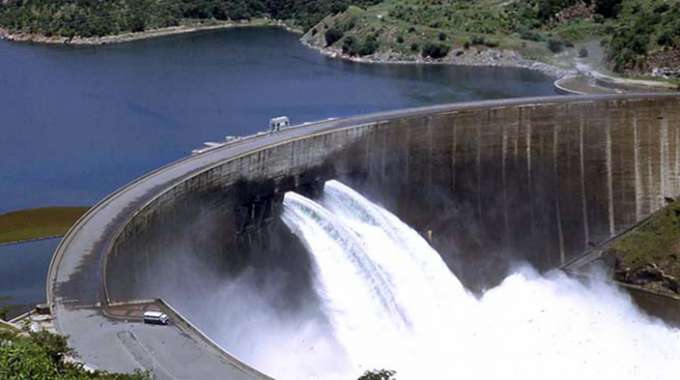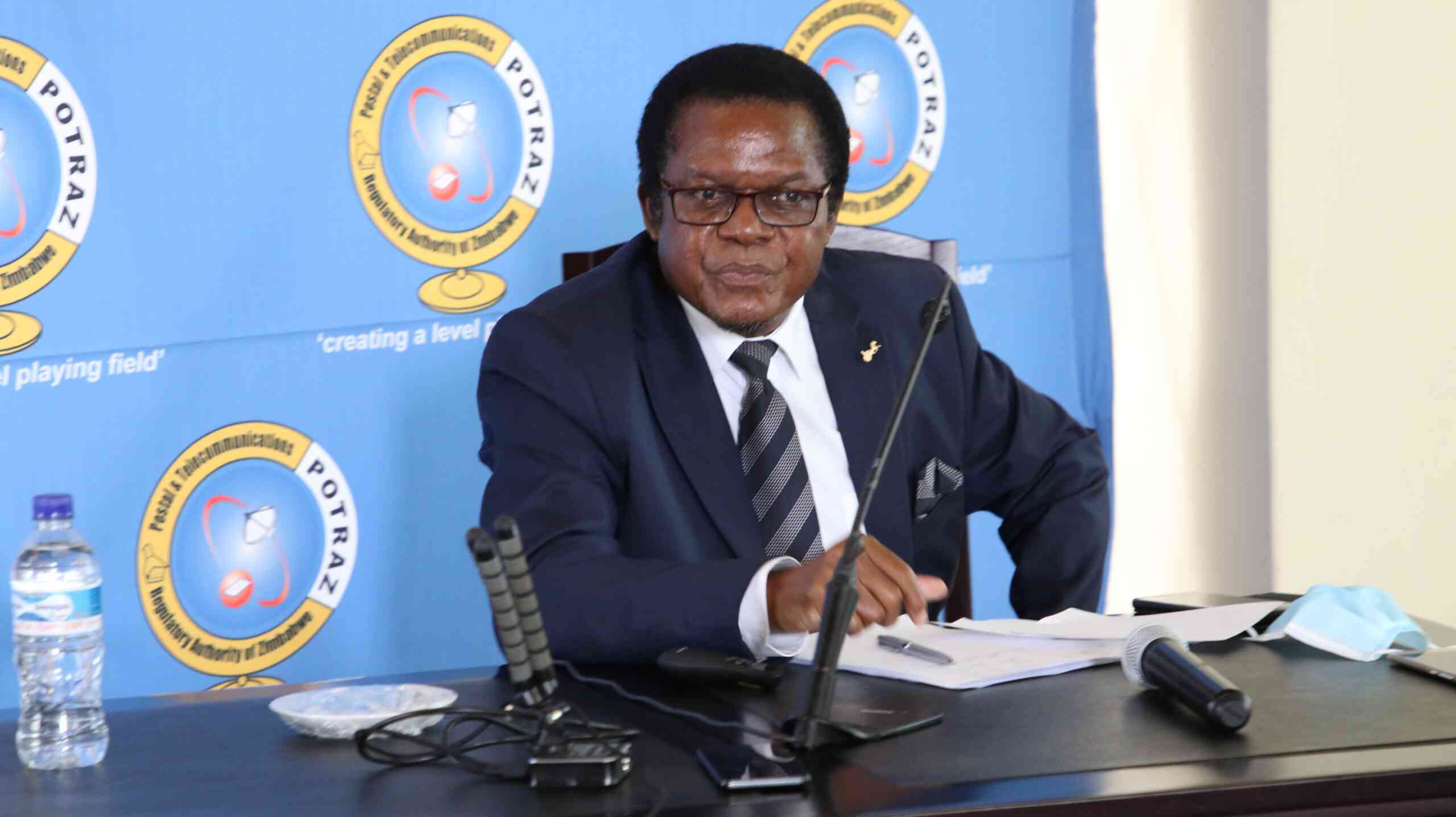Low water levels lead to power cuts

Business Reporter
THE recent wave of power cuts being experienced across the country are as a result of reduced generation capacity at the main power stations and effort is being made to mitigate the situation, the Zimbabwe Electricity Transmission and Distribution Company (ZETDC) said yesterday.
In a statement the power utility said considerable generation capacity has been lost due to dwindling water levels at the giant Kariba Hydro-Power Station and ageing equipment at the four main thermal stations.
The addition of 300 megawatts to the national grid last year after the expansion of Kariba South Hydro Power plant had stabilised the electricity supply situation in the country.
“While normal generation has been subsisting up to now, the Zambezi River Authority (ZRA) has reduced water allocation to ZPC from 19 billion cubic metres to 16 billion cubic metres for 2019. This is to enable the plant to be operational until the next rainy season.
“To this end, electricity generation at Kariba Power Station will thus be reduced to an average of 358MW from the planned average of 542MW as a direct result of this water allocation reduction and this has led to a power supply gap,” said ZETDC.
Due to low inflows into Lake Kariba recorded in the 2018/19 season, the power utility said the water supply situation and power generation at Kariba will be reviewed as the year progresses. It said that generation at Hwange Power Station, which has an installed capacity of 920MW and the country’s three small thermal power stations namely, Harare, Bulawayo and Munyati, also remained fragile due to old age.
“In this light, every effort is being directed to improve the generation capacity to ensure supply disruptions are kept at a minimum,” said ZETDC.
Given this scenario consumers have been advised to switch off all non-essential loads in the interest of maintaining a balance between the supply of power available and demand to ensure stability of the grid during morning and evening peak periods.
“Large power users are also requested to reduce their power demand during the morning and evening peak periods of 5am to 10am and 5pm to 10pm respectively.
“In the event that this supply and demand equilibrium is not maintained, the power utility would have no choice but to curtail some loads to restore grid stability,” said ZETDC.
Kariba South Hydro-Power Station was commissioned in 1962 with an installed capacity of 666MW and subsequently upgraded to 750MW. In March 2018, President Mnangagwa commissioned and switched on the $533 million Kariba South Power Station Extension Project through the addition of Units 7 and 8 bringing the plant’s total capacity to 1 050MW. As of yesterday, indications were that the country was generating a combined 950MW with Kariba contributing only 490MW.
Government is working on projects meant to boost power generation so that the country’s able to generate enough electricity to meet local demand as well as exports to the region.











Comments